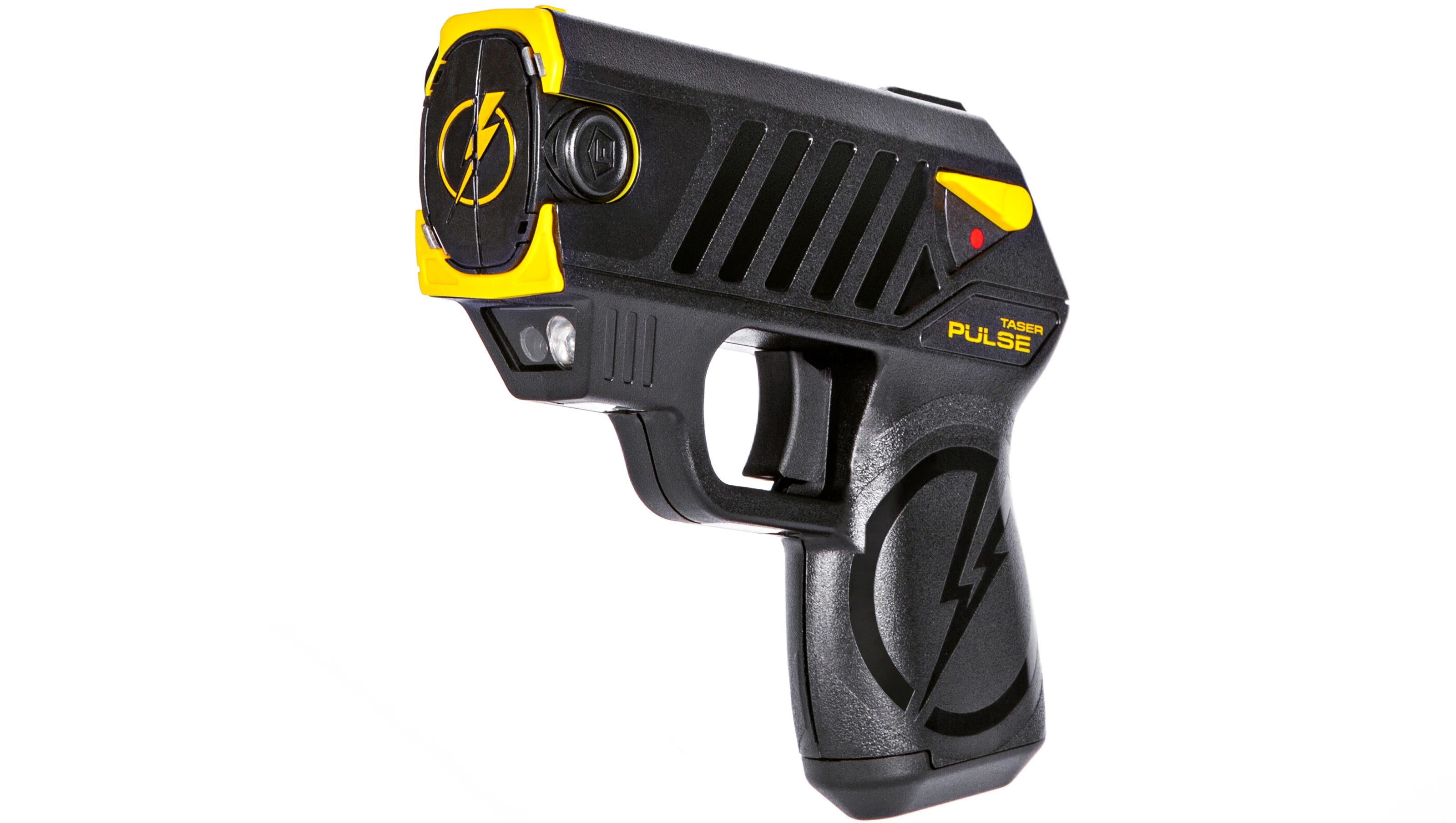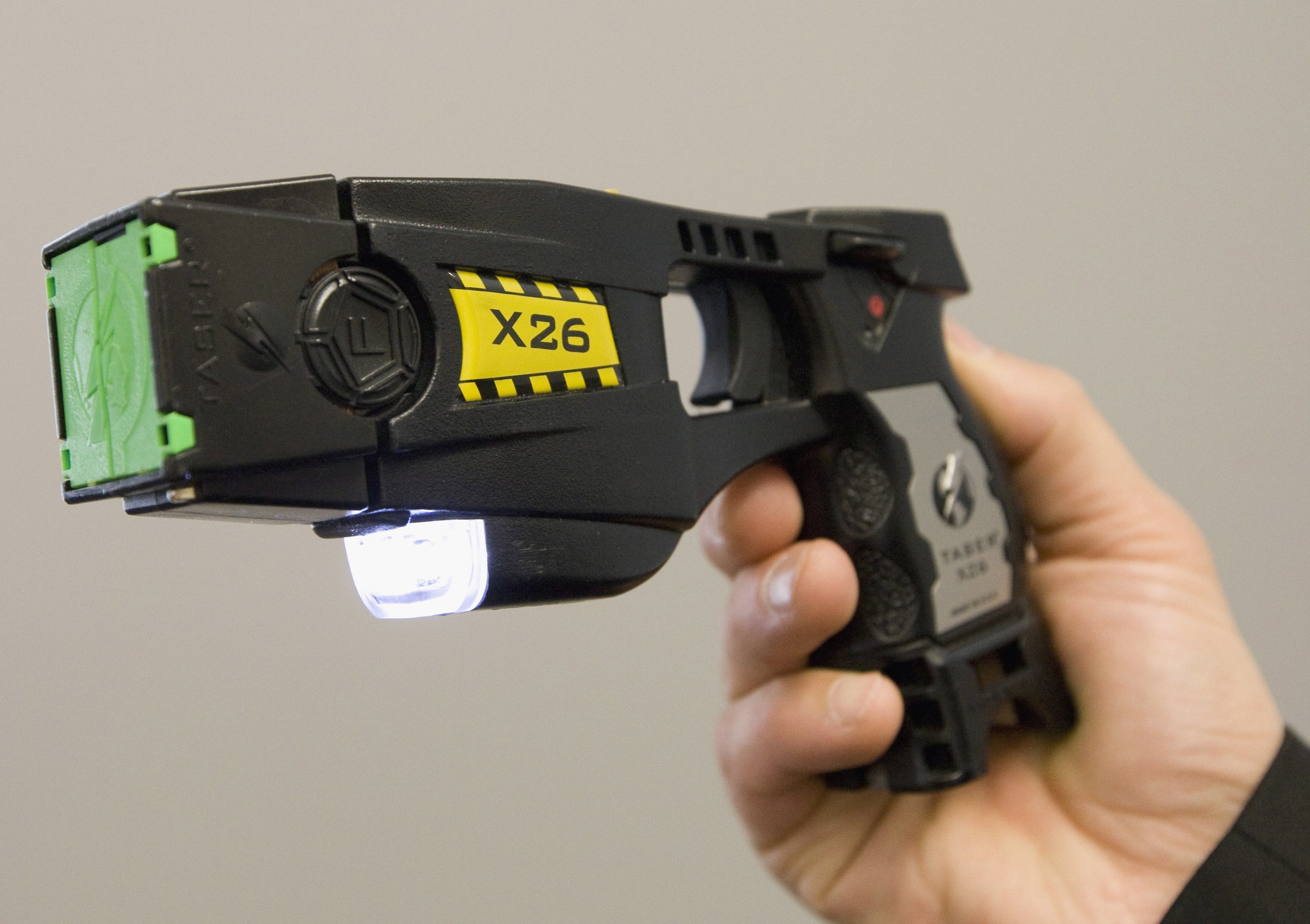Comparing Stun Guns and Tasers: Understanding the Differences

Stun Guns and Tasers are both less-lethal electronic weapons used for self-defense and law enforcement. While they share some similarities, there are key differences between the two that affect their functionality and legality in various jurisdictions.

Design:

- Stun Guns: Resemble handheld devices that are small, compact, and easy to conceal. They are typically powered by batteries and have electrodes that deliver a high-voltage electric shock upon contact.
- Tasers: Are more prominent and bulkier devices that typically consist of a cartridge-based launcher that fires two barbed electrodes connected to a wire. Tasers also have a firing mechanism and a battery that powers the system.
Function:
- Stun Guns: When a stun gun is brought into direct contact with a person, it delivers an electric shock through the electrodes. This shock temporarily incapacitates the individual by causing muscle spasms, intense pain, and disorientation.
- Tasers: Tasers function differently. They shoot two barbed electrodes connected by a wire towards a target. Upon contact, the barbed electrodes penetrate the skin, and an electrical charge is delivered. This temporarily incapacitates the individual, causing involuntary muscle contractions, pain, and decreased neuromuscular control.
Effectiveness and Range:
- Stun Guns: Stun guns are less effective than Tasers, as they require direct contact to deliver the electric shock. If the electrodes cannot make proper contact with the skin, the effect may be minimal or nonexistent. Moreover, stun guns have a very short range, typically only a few inches.
- Tasers: Tasers are considered more effective because they can incapacitate a person from a distance, typically around 15 to 25 feet (4.5 to 7.6 meters). The barbs penetrate the skin and deliver the electrical charge, reducing the need for direct contact.
Legal Implications:
- Stun Guns: Laws regarding stun guns vary across different jurisdictions. In some places, they are unrestricted and can be purchased and possessed without permits. In other areas, they may be regulated or even prohibited. It’s essential to check local laws before acquiring or using a stun gun.
- Tasers: In many jurisdictions, Tasers are classified as “restricted weapons” or “conducted electrical weapons.” These may require special permits, background checks, or training before obtaining or using one. It is crucial to understand the local laws and regulations surrounding Tasers in your jurisdiction.
Safety and Training:
- Stun Guns and Tasers: Both stun guns and Tasers can be safe when used responsibly and appropriately. However, they should only be utilized after receiving proper training and understanding their potential risks. Using these devices without proper instruction can result in serious injury or misuse.
Remember, the regulations and restrictions on stun guns and Tasers can vary widely based on jurisdiction. It is important to check local laws, regulations, and requirements before obtaining or using either device to ensure compliance and safe use. Always prioritize personal safety and consult with authorities or instructors for proper training and guidance.






